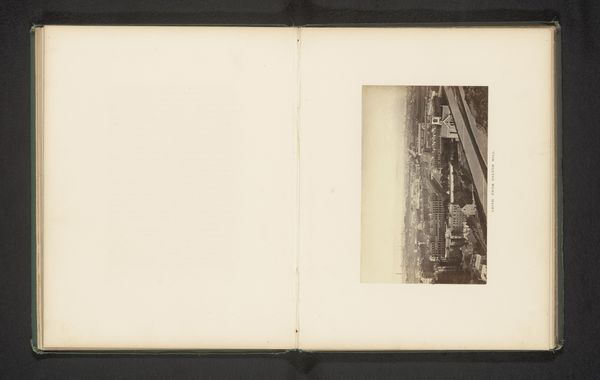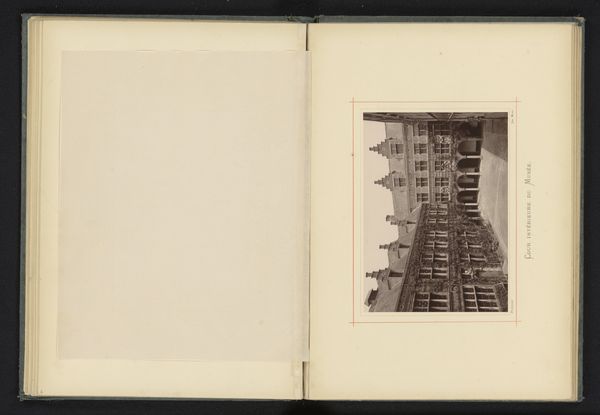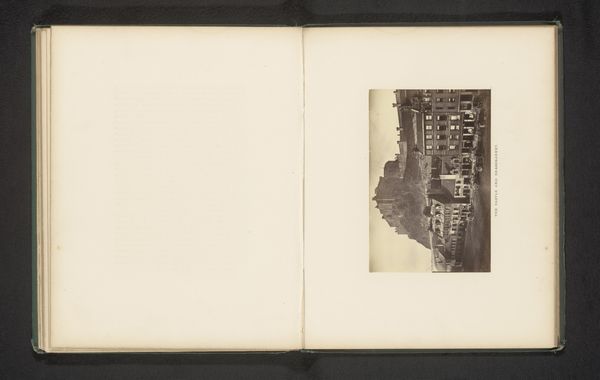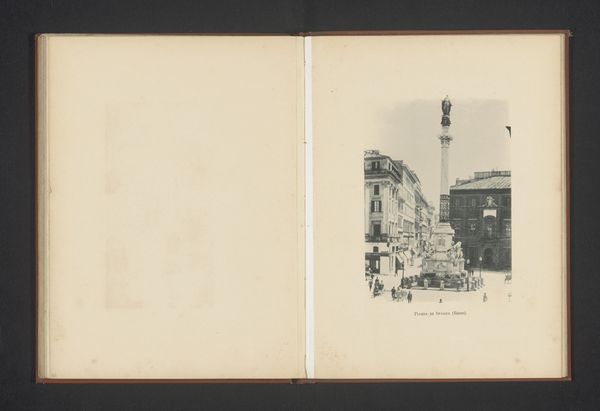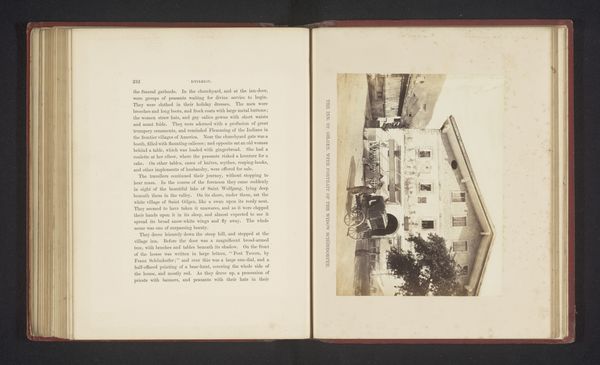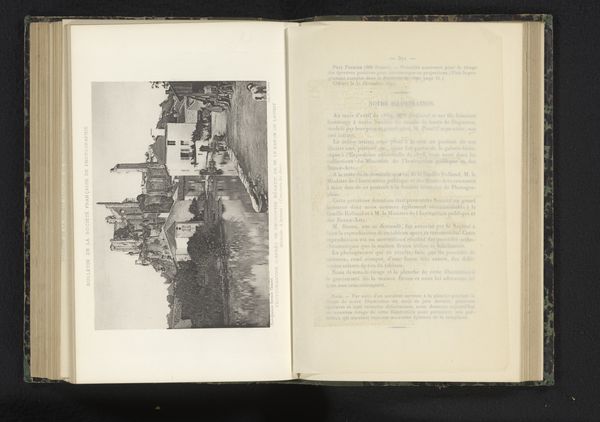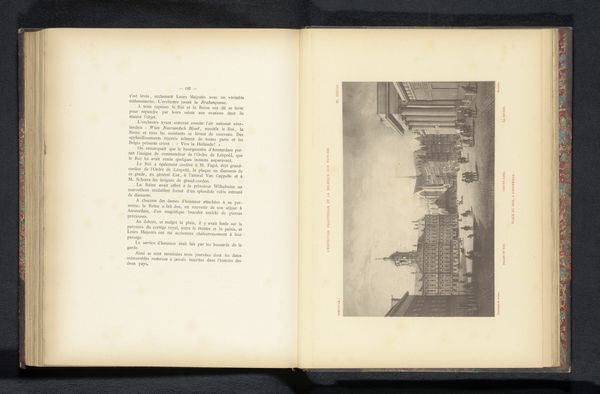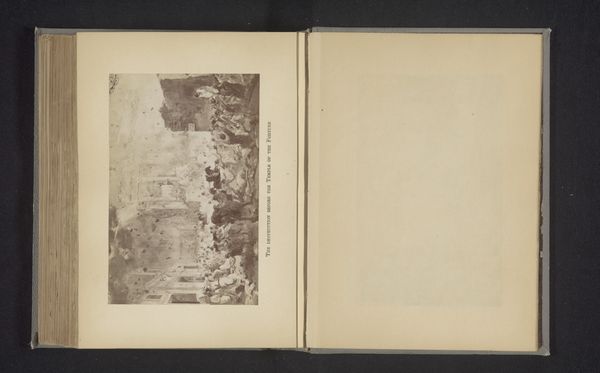
print, photography
#
ink paper printed
# print
#
landscape
#
photography
#
ancient-mediterranean
#
cityscape
Dimensions: height 103 mm, width 150 mm
Copyright: Rijks Museum: Open Domain
This photographic print presents a view of Roman ruins and the former main road in Timgad, created by an anonymous artist. Photography, as a medium, is deeply tied to both technological advancement and social context. The gelatin silver process used here allowed for relatively easy replication. This accessibility democratized image-making and archiving. Consider how the act of capturing ruins engages with notions of time, labor, and imperial legacy. Each stone, each carefully placed element of the road, speaks to the lives and efforts of countless individuals under Roman rule. The photograph's black and white palette emphasizes the textures of the ancient stone, underscoring their enduring presence, yet it also inevitably flattens the real experience of being in this place, reducing its tactile and sensory richness to a portable image. By understanding the material processes and social implications of photography, we gain deeper insights into the layers of history and meaning embedded within this seemingly straightforward view of ancient ruins.
Comments
No comments
Be the first to comment and join the conversation on the ultimate creative platform.
